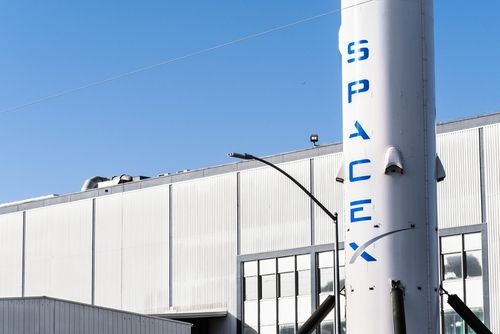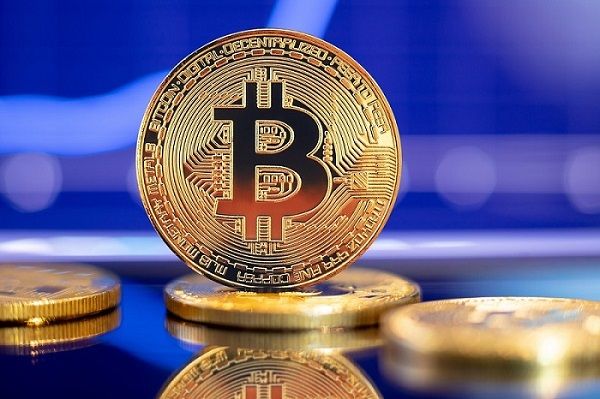WRAPUP 1-Fed's Williams sees rate cuts ahead, Barr calls for caution

By Ann Saphir and Michael S. Derby
Oct 9 (Reuters) - With three weeks until the U.S. central bank's next policy meeting, the influential New York Federal Reserve President John Williams signaled on Thursday he would be comfortable with cutting interest rates again, despite some policymakers' qualms about rising inflation that suggest such a decision won't be easily made.
"The risk of a further slowdown in the labor market is something I'm very focused on," Williams told the New York Times in an interview conducted on Wednesday and published a day later. He also said he felt President Donald Trump's trade tariffs were not putting as much upward pressure on inflation as many observers had expected, and he didn't see signs of any added boost ahead.
"I think there are more downside risks to the labor market and employment, and that is something that takes some of the upside risk off of inflation," he said.
But at a time when recent data points to stronger economic growth and consumer spending buoyed, at least in part, by higher stock market prices, other Fed policymakers say they are worried about cutting rates.
In his first speech on monetary policy since June, Fed Governor Michael Barr on Thursday leaned heavily into the risks of inflation, even as he acknowledged the potential vulnerabilities in a "roughly balanced" labor market.
"The FOMC should be cautious about adjusting policy so that we can gather further data, update our forecasts, and better assess the balance of risks," Barr said, referring to the central bank's policy-setting Federal Open Market Committee.
The apparent disconnect between Williams and Barr arose just weeks after the Fed's policy committee voted 11-1 to cut its policy rate by a quarter of a percentage point to help stave off potential weakness in the labor market. The only dissent, from new Fed Governor Stephen Miran, was in favor of a bigger rate cut.
The updated Fed policymaker forecasts published on September 17 and the minutes of the meeting that were released on Wednesday, show that the committee may have been more divided than the vote itself indicated, with "a few" participants at last month's session seeing merit in not cutting rates.
Still, the majority of the Fed's 19 policymakers felt at least two more quarter-percentage-point reductions would be needed by the end of this year, the forecasts showed.
Williams endorsed that rate path in his interview with the New York Times, so long as the economy evolves as he expects - with inflation rising to 3% even as underlying inflation excluding tariffs heads lower, and unemployment, now at 4.3%, ticking up.
Financial markets also reflect that expectation, with bets in interest-rate futures now pricing about a 95% chance that the Fed will lower its policy rate by a quarter of a percentage point to the 3.75%-4.00% range at its October 28-29 meeting.
"The Fed is taking its cue from weak labor data," wrote Evercore ISI Vice Chairman Krishna Guha, noting that the recent stock market rally, fueled by huge expectations for the impact of artificial intelligence, isn't making Fed leaders like Williams rethink the need for easing policy further.
Even so, Fed Chair Jerome Powell may need to corral more skeptics to deliver a rate cut later this month.
With both upside inflation risks and downside risks to the labor market, the Fed is in a "challenging position" with no risk-free path forward on monetary policy, Barr said on Thursday, explicitly borrowing the way Powell phrased the central bank's current quandary.
WORRIES ABOUT INFLATION REMAIN
But Barr did not repeat Powell's view that a "reasonable base case" is that tariffs will only deliver a one-time upward thrust on inflation. Instead, while Barr acknowledged such a case is a possibility, he said the Trump administration's trade policy poses "some significant risks" to the central bank's goal of keeping inflation low and stable.
Barr said he forecasts underlying inflation by the Fed's key measure, the core Personal Consumption Expenditures Price Index, to rise to above 3% by the end of this year, and noted that central bank officials do not expect headline inflation to fall to their 2% goal until the end of 2027.
If that expectation is borne out, PCE inflation will have been above 2% for six and a half years, the longest spell since the seven-year stretch that ended in 1993, Barr said.
"After the high inflation Americans have endured, two more years would be a long time to wait for a return to our target, and that possibility weighs on my judgment for appropriate monetary policy," he said.
Barr isn't alone in worrying about inflation. Kansas City Fed President Jeffrey Schmid, who is a voting member of the FOMC this year, signaled last week that he would be hesitant about further rate cuts; two other Fed presidents who don't vote this year on policy also have argued that cutting rates risks reigniting inflation.
Even so, Barr said a softer labor market could help mitigate inflation risks, and noted that it's difficult to tell, particularly without official data during the current federal government shutdown, how much demand for labor has actually softened.
"With the easing in output growth and the likelihood of tariffs and labor supply weighing on the economy in the months ahead, we need to be prepared for the possibility that the softening in the labor market will become something worse, especially if there is a further adverse shock to demand," he said.
"If we see heightened risks in the labor market, then we may need to move more quickly to ease policy. The FOMC can, and I believe would, act forcefully to stabilize the economy if necessary," Barr said.







